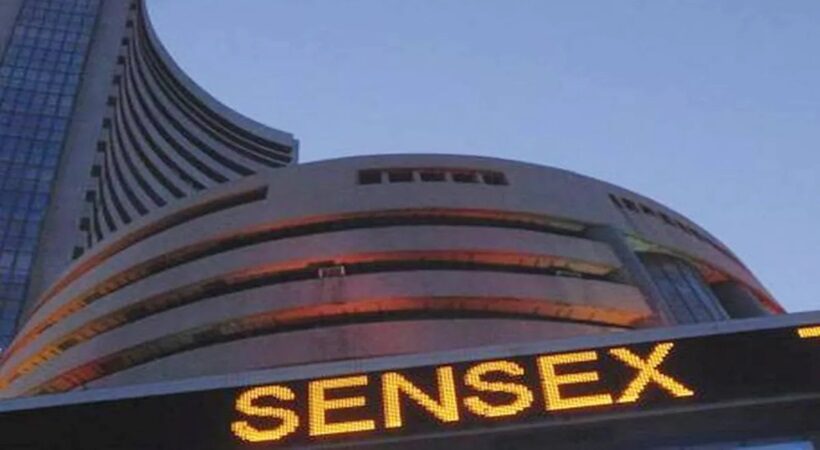The Sensex index, in simple terms, is the sum of the stock prices of 30 specific companies listed on the Bombay stock exchange (BSE). If the index rises, people become more interested in buying stock as they believe the economy will grow. When the Sensex goes down, people tend to stop investing in the economy. A set of 30 stocks is taken from 23 different industries operating in the Indian economy based on parameters defined by the Exchange and managing the index, thereby replicating the market.
History of the Sensex
Sensex was launched on Jan. 1, 1986, as both a bellwether and an investable index tracking the performance of 30 of India’s largest and most financially sound companies. In addition to being listed on the BSE (formerly known as the Bombay Stock Exchange), these companies represent some of the biggest and most important sectors of the Indian economy. The BSE is India’s most-tracked index. A Sensex index is calculated in Indian rupees (INR) and US dollars. As of Aug. 31, 2021, the index had a mean total market cap of 3.71 trillion rupees. After a prominent broker siphoned money from the public banking sector to pump into stock, the BSE Sensex plunged 12.7% on April 18, 1992, its worst-ever fall.
In the 21st century, when it rose from around 5,000 in early 2000 to more than 42,000 in January 2020, it experienced enormous growth as India opened up its economy in 1991. For years, India has had one of the fastest-growing economies in the world and this was mainly due to India’s expanding economy. The burgeoning economy can be attributed, in a large part, to its growing middle class and vice versa. A recent study predicts that nearly 80% of the nation’s households will be middle-income by 2030, an increase from about 50% today. This implies India’s slow economic growth in recent years, reaching the lowest level in a decade in 2019. The global coronavirus pandemic in early 2020 also slowed the economy, casting a shadow over future gains.
How Does the Sensex Work?
Sensex, colloquially known as the Sensex or Sensex Index, is an index of 30 of India’s largest and most liquid public companies. A large portion of the Sensex is made up of companies that are listed on the Bombay Stock Exchange, one of the world’s biggest stock exchanges. The Sensex is viewed by many as a barometer of the overall state of the Indian economy, which has grown substantially in recent decades.
How Is the Sensex Calculated?
A free-float capitalization method is employed to compute the Sensex. It is akin to the market capitalization weighting method, in which companies are weighed as per their share of the total market capitalization of the index. The Sensex index lays more emphasis on large companies. However, unlike the market-capitalization method, the free-float capitalization method only takes into account shares that can be traded freely, not restricted shares or those held by company insiders.
The Sensex: How It’s Performing Currently?
In March 2020, the Sensex fell by more than 40% in the midst of the Coronavirus health crisis but recovered strongly over the remainder of the year. Resultantly, Sensex scaled new heights by February 2021.



















